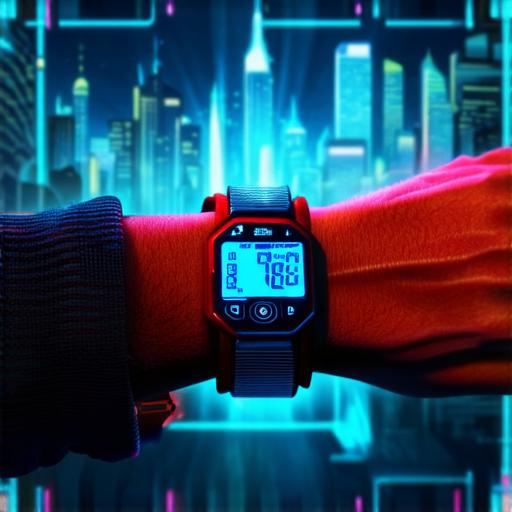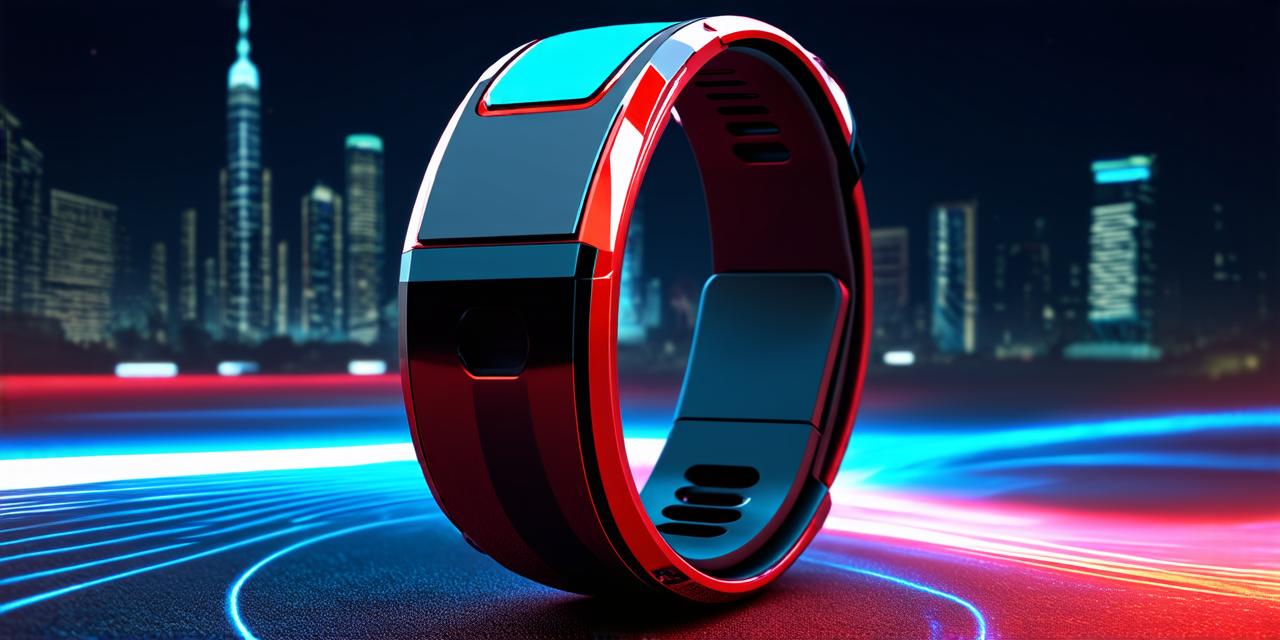
Introduction
Augmented reality (AR) is an exciting and rapidly growing field that has already transformed various industries. One area where AR technology has great potential is wearables, particularly in the form of bracelets. AR bracelets can provide users with immersive experiences, allowing them to interact with virtual objects and environments in real-time.
What are AR Bracelets?
AR bracelets are wearable devices that use sensors, cameras, and software to overlay digital information onto the physical world. This allows users to see virtual objects and environments in real-time as they wear the bracelet. AR bracelets are typically designed for specific applications, such as gaming, education, or healthcare.
How do AR Bracelets work?
AR bracelets work by capturing the user’s environment using sensors and cameras. The software then processes this data to create a virtual overlay that is projected onto the physical world. This can be done in real-time, allowing users to interact with virtual objects and environments as they move around. AR bracelets typically use a combination of computer vision algorithms and machine learning techniques to accurately track the user’s position and orientation.
Potential Applications of AR Bracelets
AR bracelets have many potential applications in various industries, including:
- Gaming
- Education
- Healthcare
- Fashion
Gaming
AR bracelets can provide an immersive gaming experience by allowing users to interact with virtual objects and environments in real-time. For example, a gaming AR bracelet could allow players to control their avatar using hand gestures or movements.
Education
AR bracelets can be used in education to enhance the learning experience. For example, an AR bracelet could provide students with interactive models of historical artifacts or scientific concepts. This can help make learning more engaging and memorable.
Healthcare
AR bracelets have the potential to revolutionize healthcare by providing real-time monitoring of patients’ vital signs and movements. For example, an AR bracelet could track a patient’s heart rate and blood pressure in real-time, allowing doctors to quickly identify any changes or abnormalities.
Fashion
AR bracelets can also be used in fashion to create unique and personalized designs. For example, an AR bracelet could allow users to customize their own jewelry by selecting different materials, colors, and shapes.
Real-life Examples of AR Bracelets
There are already many examples of AR bracelets that have been developed for specific applications. Here are a few real-life examples:
- Vuforia’s Smart Glasses
- Oculus Quest 2
- Apple’s ARKit
Vuforia’s Smart Glasses
Vuforia’s smart glasses are an AR device that can be worn on the wrist or as a headset. They use computer vision algorithms to track the user’s environment and overlay digital information onto the physical world. The smart glasses have been used in various industries, including gaming, education, and healthcare.
Oculus Quest 2
The Oculus Quest 2 is a VR headset that can also be worn as an AR device using a special attachment. It allows users to interact with virtual objects and environments in real-time using hand gestures or movements. The Oculus Quest 2 has been used in gaming, education, and healthcare.
Apple’s ARKit
Apple’s ARKit is a software development kit that allows developers to create AR experiences for iOS devices. It includes tools for tracking the user’s environment, overlaying digital information onto the physical world, and integrating with other apps. ARKit has been used to create various AR experiences, including games, educational apps, and healthcare apps.
FAQs
What is augmented reality?
Augmented reality (AR) is a technology that overlays digital information onto the physical world. It allows users to interact with virtual objects and environments in real-time.
How do AR bracelets work?
AR bracelets work by capturing the user’s environment using sensors and cameras. The software then processes this data to create a virtual overlay that is projected onto the physical world. This can be done in real-time, allowing users to interact with virtual objects and environments as they move around. AR bracelets typically use a combination of computer vision algorithms and machine learning techniques to accurately track the user’s position and orientation.
What are some potential applications of AR bracelets?
AR bracelets have many potential applications in various industries, including gaming, education, healthcare, and fashion.
Are there any real-life examples of AR bracelets?
Yes, there are already many real-life examples of AR bracelets that have been developed for specific applications.
Summary
AR bracelets represent the future of wearable technology. They offer an exciting and immersive experience, allowing users to interact with virtual objects and environments in real-time. As AR technology continues to evolve, we can expect to see more innovative applications and uses for AR bracelets in various industries. The possibilities are endless, and the future of AR bracelets looks bright.
